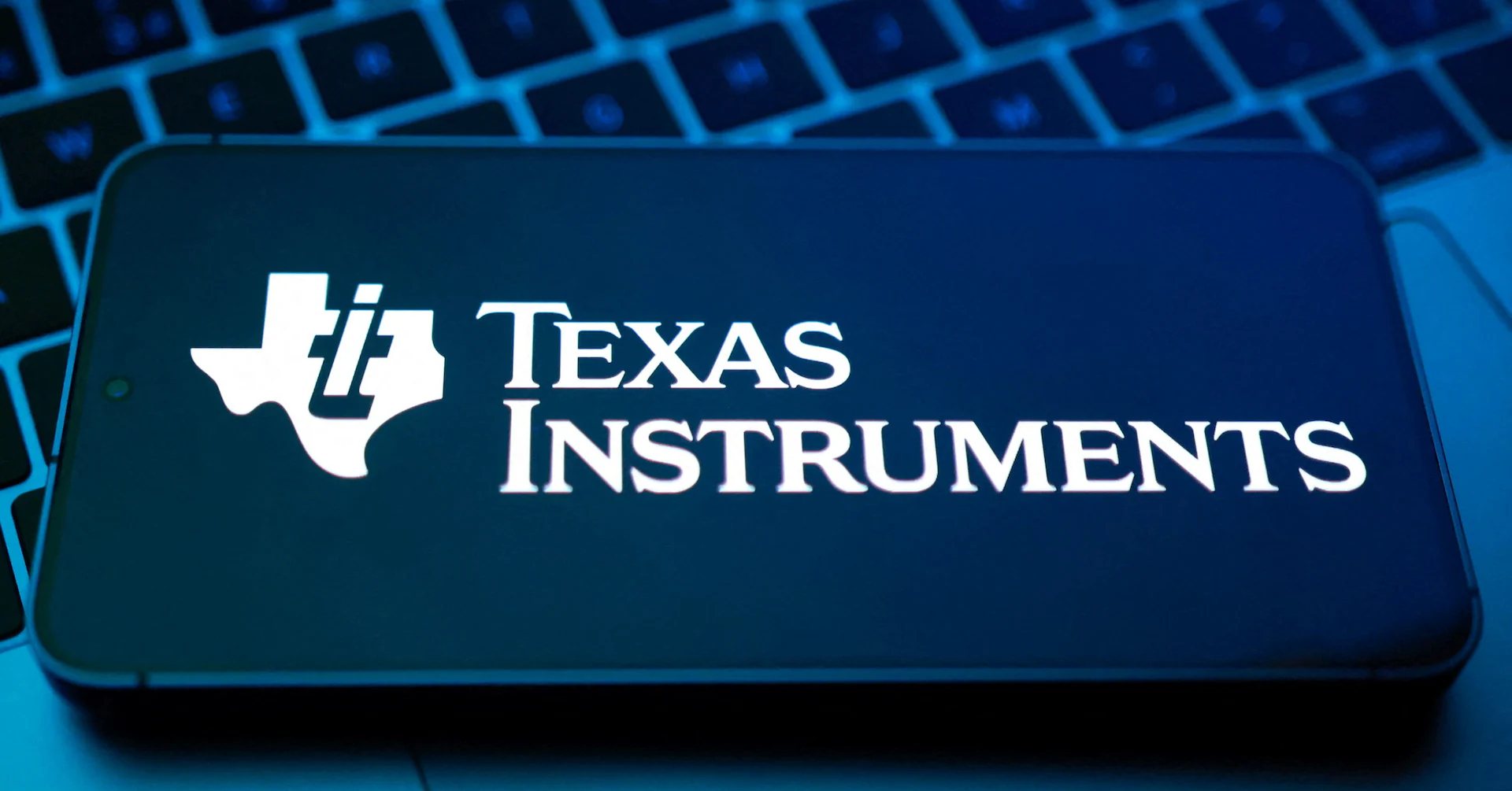Copyright The Verge

General Motors may be shrinking its electric vehicle production, but the automaker wants investors to know its still committed to future technologies like automated driving, software-defined vehicles, and AI voice assistants. Today, GM CEO Mary Barra announced a string of new features coming to the company’s brands, like Cadillac and Chevy, that she said will help “define the next chapter” of America’s biggest automaker. The news comes after GM said it would take a $1.6 billion loss related to its planned rollout of EVs. The automaker attributed the loss to the expiration of the $7,500 federal EV tax credit, which was eliminated as part of President Donald Trump’s budget bill. Experts predict EV sales to plunge in the aftermath of the credit’s loss, potentially imperiling America’s position as an automotive leader in the world. But GM is trying to shift the focus to autonomous driving, AI, and advanced software as some of the potential ways the US can maintain its edge in the global race, especially as it continues to compete with rapid advances from China. Automated driving, software-defined vehicles, and AI voice assistants To start out, GM says it will debut a Level 3 hands-free, eyes-off highway driving feature in the Cadillac Escalade IQ in 2028. The company was a pioneer in hands-free driving with the release of its Level 2 Super Cruise in 2017. And now GM is ready to take things to the next level. GM says the new Level 3 system will work across the 600,000-mile mapped highway network — slightly less than the 750,000 miles covered by Super Cruise — and backed by advanced perception and decision-making technology. As defined by the Society for Automotive Engineers (SAE), Level 3 describes highly automated driving, where the driver still needs to be able to take over control of the vehicle upon request but can also take their eyes off the road in certain situations. It’s not a fully autonomous system, like Waymo, and often only works at reduced speeds on mapped roads. Some experts have argued that L3 systems can be dangerous given the need for drivers to stay attentive despite the vehicle performing most of the driving tasks. In an interview on The Verge’s Decoder podcast, GM’s new chief product officer, Sterling Anderson, said the rollout of Level 3 driving would be defined by safety, as evidenced by the company’s track record with Super Cruise. Anderson, who previously worked at Tesla, where he led both the Model X program and the team that delivered Autopilot, said that GM’s hands-free system was an industry leader when it comes to safety. “Our customers have driven over 700 million hands-free miles with Super Cruise without a single accident attributed to the technology,” he said. “I led Autopilot. You can’t say that for Autopilot.” “I led Autopilot. You can’t say that for Autopilot.” GM is shifting to Level 3 conditional autonomy after the failure of its Cruise robotaxi division, which was shut down earlier this year after the company fumbled the response to a pedestrian injury. GM has since rehired many of Cruise’s former employees to work on Super Cruise and its plan to eventually sell “personally owned” autonomous vehicles. And starting next year, GM plans to introduce Google’s Gemini AI in its cars as a new, more conversational voice assistant. Other automakers have also said they plan on doing something similar, including Volvo. But in the future, GM says it will introduce its own AI companion that’s “tuned to your vehicle’s intelligence and personal preferences.” “It’s about asking about your destination,” Anderson said. “It’s about asking about a number of other things where it can give you kind of contextual responses.” GM already uses Google’s software in a number of different applications for its cars, including conversational AI chatbots to handle simple OnStar calls. The car company also cut off access to popular phone mirroring services Apple CarPlay and Android Auto in its EVs in favor of a more deeply integrated Android software experience. Speaking of software, GM says it expects to roll out a new centralized computing platform in 2028, starting again with the Escalade IQ. The automaker is calling it a “full reimagining of how vehicles are designed, updated, and improved over time,” which it says will include “10 times more over-the-air software update capacity, 1,000 times more bandwidth, and up to 35 times more AI performance for autonomy and advanced features.” The new computing platform will be rolled out to both GM’s EVs and internal combustion engine vehicles, the company said. Anderson offered some more details in his interview on Decoder: What it does is from a networking’s perspective, it moves to Ethernet-based networking, which allows us to move to sub-millisecond response times, take magnetic suspension systems or dampers, as your example, from accelerometer through controller back to actuator. We’re talking sub-one millisecond. You’re talking a thousand hertz, that’s a 10x improvement over previous electrical architectures. It’s a massive, massive opportunity not only for the dynamics, which I found General Motors is extraordinarily good at, but for the software that we can deploy on this. GM also shared updates on its robotics division, where it has 100 roboticists, AI engineers, and hardware specialists building advanced robotics systems to boost its manufacturing processes. These factory robots are being trained on GM’s production data, including telemetry, quality metrics, and sensor data, which will help feed a model that “improves with every manufacturing cycle.” GM says it expects to roll out a new centralized computing platform in 2028, starting again with the Escalade IQ The work is being done right now at GM’s Autonomous Robotics Center (ARC) in Warren, Michigan, as well as at a sister lab in Mountain View, California. The center is currently hiring, seeking positions such as electrical systems architect and validation engineer, to develop next-generation automation software that can orchestrate diverse robot fleets, assign tasks based on plant needs, and manage how people and machines move through facilities. Anderson said that GM currently has “30,000 robots operating alongside on the order of 97,000 production associates in 11 facilities.” Many of those are giant arms that “sit in cages with e-stops on the outside that can’t operate in and around humans because they’re simply not designed for it,” he said. GM’s future robots will look much different. “We’re developing autonomous mobile robots that move materials through our factories,” Anderson said. “We’ve started deploying those.” GM is also developing collaborative robotic systems, or cobots, that can operate alongside factory workers. And lastly, GM is announcing a new program to enable EV owners to send backup energy in their vehicles’ batteries back to the grid. GM has touted this capability since launching its home energy and battery storage division, GM Energy, in 2022. Many EVs with high-capacity batteries have the ability to serve as backup power in the event of a blackout. EVs can also feed power back into the grid during times of peak demand. GM says that starting next year it will begin offering a new leasing model for the GM Energy Home System, which offers backup power, solar integration, and a unified app to control everything.



